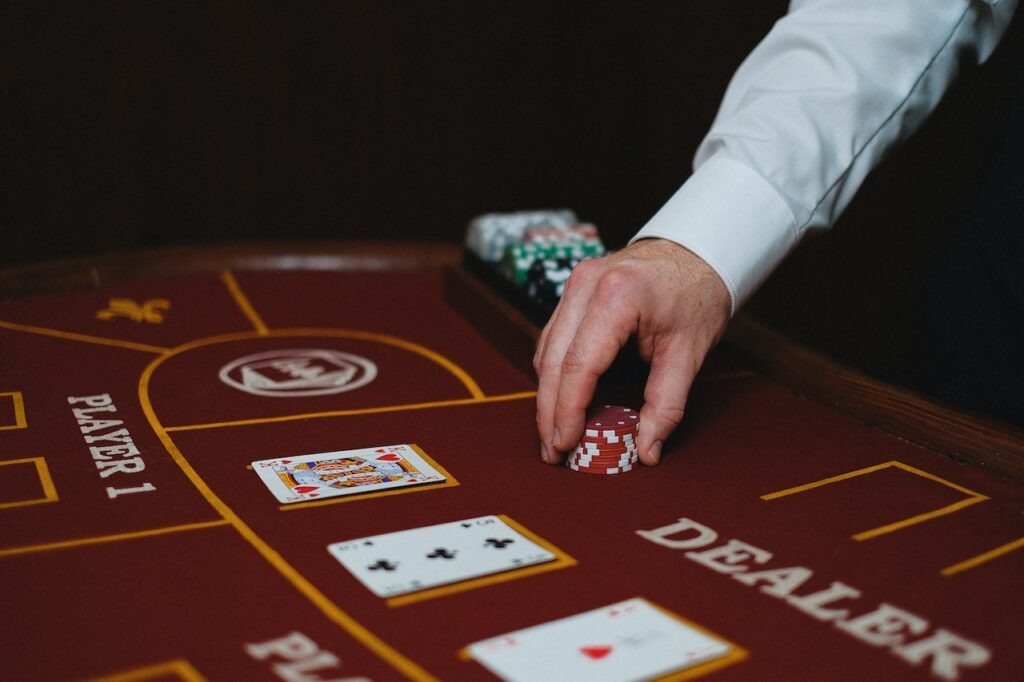Mastering the art of reading poker tells is a crucial skill that can give players a significant edge at the table. Understanding the subtle cues and signals that opponents unknowingly reveal can provide valuable insights into their hand strength, intentions, and overall strategy. In this comprehensive guide, we will delve into the psychology behind poker tells, explore the various non-verbal and verbal cues to watch for, and discuss strategies for honing your ability to decipher these key signs. By developing proficiency in reading poker tells, you can elevate your gameplay to a new level of strategic awareness and decision-making prowess.
### Understanding the Importance of Reading Poker Tells
So, you think poker is just about the cards you’re dealt? Think again. Reading poker tells is like having a secret weapon up your sleeve. Find out why it’s more crucial than knowing your lucky socks.
#### The Role of Tells in Poker Strategy
Tells are the breadcrumbs players leave behind, clueing you into their next move. It’s like playing detective, but with chips on the line. Get ready to take your poker game from amateur hour to Sherlock Holmes level.
#### Advantages of Being Able to Read Opponents
Ever wish you could read minds at the poker table? Well, mastering tells is as close as you’ll get. Knowing when someone’s bluffing or holding a monster hand can turn you from a poker peasant to a royal flush royalty.
### The Psychology Behind Poker Tells
Poker isn’t just a card game; it’s a mind game too. Understanding the psychology behind tells is like peeking behind the curtain of Oz. Get ready to dive into the labyrinthine world of player behavior and psyche.
#### Understanding Behavioral Psychology in Poker
Forget Freud; in poker, it’s all about decoding why players do what they do. From twitchy fingers to nervous ticks, every action has a psychological underpinning. Get your Sherlock hat on; it’s time to play mind games.
#### The Influence of Emotions on Player Behavior
Poker can be an emotional rollercoaster. And those emotions? They speak louder than words. Learning to read players’ emotional cues is like having x-ray vision at the table. Get ready to become a poker empath.
### Key Non-Verbal Signals to Watch For
Forget what players say; watch what they do. Body language and gestures can be poker’s secret code. It’s like a silent movie playing out right before your eyes. Get your popcorn ready; it’s showtime at the poker table.
#### Recognizing Body Language Cues
Crossed arms, fidgety feet, or a slight twitch—these are your poker GPS. Reading these signals is like having a roadmap to your opponents’ minds. Buckle up; it’s a non-verbal rollercoaster ride.
#### Interpreting Facial Expressions and Gestures
Eyes are the windows to the soul, but in poker, they’re gateways to players’ intentions. From a poker face to a telltale twitch, every eyebrow raise could be a clue. Get ready to decode the ultimate game of charades.
### Recognizing Verbal Cues and Speech Patterns
Words can lie, but how they’re said? Now that’s pure poker gold. Verbal tells can be as subtle as a whisper or as loud as a cheer. It’s time to tune in and turn up your poker listening skills.
#### Decoding Verbal Tells in Poker
From a casual joke to a nervous stutter, every word spoken at the poker table tells a story. Learning to decipher these verbal breadcrumbs can be your ticket to the winner’s circle. Get ready to hear what’s not being said.
#### Identifying Patterns in Player Dialogue
Players may change, but patterns don’t lie. From catchphrases to speech speed, every player has a verbal fingerprint. It’s time to sharpen your detective skills and uncover the language of poker.**Mastering the Art of Reading Poker Tells: 8 Key Signs to Look For**
—
**How Betting Patterns Can Reveal Player Intentions**
When it comes to decoding the mystery behind a poker player’s intentions, paying attention to their betting patterns is like deciphering a secret code. From hesitation bets to confidently thrown chips on the table, each move speaks volumes about a player’s hand strength and strategy.
**Understanding the Language of Bets**
Just like in a heated poker game, bets have their own language. A small bet might whisper uncertainty, while a big raise could scream confidence. By tuning into these linguistic cues, you can start to unravel the hidden messages players are sending with their chips.
**Significance of Bet Sizing and Timing**
In the world of poker tells, bet sizing and timing are the dynamic duo that can make or break your reading skills. A sudden check after a long pause or a minuscule raise after a big bet could be the breadcrumbs leading you to the truth behind your opponent’s cards.
—
**Common Misconceptions and Pitfalls in Reading Poker Tells**
As you venture into the realm of poker tells, beware of the treacherous pitfalls that can trip up even the most seasoned players. From overlooking context to falling prey to confirmation bias, these traps can cloud your judgment and lead you astray.
**Overlooking Context and Individual Differences**
Every player is a unique puzzle waiting to be solved, and context is the key to unlocking their secrets. Ignoring the bigger picture and failing to consider individual differences can throw you off course, making it harder to accurately read your opponents.
**Avoiding Confirmation Bias in Tell Interpretation**
In the high-stakes world of poker, confirmation bias is a formidable foe that lurks in the shadows, waiting to skew your perception. By staying vigilant and questioning your own assumptions, you can prevent this sneaky bias from clouding your judgment and distorting your reads.
—
**Strategies for Mastering the Art of Reading Poker Tells**
To truly master the art of reading poker tells, you need more than just a keen eye – you need a systematic approach and razor-sharp observation skills. By honing these abilities and practicing them diligently, you can elevate your game to new heights and outwit your opponents.
**Developing a Systematic Approach to Tell Analysis**
Unraveling the mysteries of poker tells requires a systematic approach that leaves no stone unturned. From creating a tell database to analyzing patterns over time, building a structured framework can help you decode the subtle signals players unconsciously give away.
**Practicing Observation and Interpretation Skills**
Like a detective solving a complex case, mastering poker tells demands sharp observation and interpretation skills. By immersing yourself in the game, studying player behaviors, and practicing reading tells in real-time, you can fine-tune your abilities and become a tell-reading maestro.
—
**Putting Your Skills to the Test: Practicing and Refining Your Ability**
The ultimate test of your poker tell-reading prowess lies in the heat of the game, where split-second decisions can make or break your success. By putting your skills to the test, practicing relentlessly, and refining your abilities over time, you can transform yourself into a poker tell whisperer – one step closer to mastering this captivating art form.In conclusion, mastering the art of reading poker tells is a skill that can set you apart as a savvy and perceptive player. By recognizing and interpreting the subtle cues and patterns exhibited by opponents, you can make more informed decisions, anticipate their moves, and ultimately improve your overall performance at the poker table. With practice, observation, and a solid understanding of the psychological aspects involved, you can enhance your ability to read poker tells and enhance your chances of success in the game.







Facebook Comments